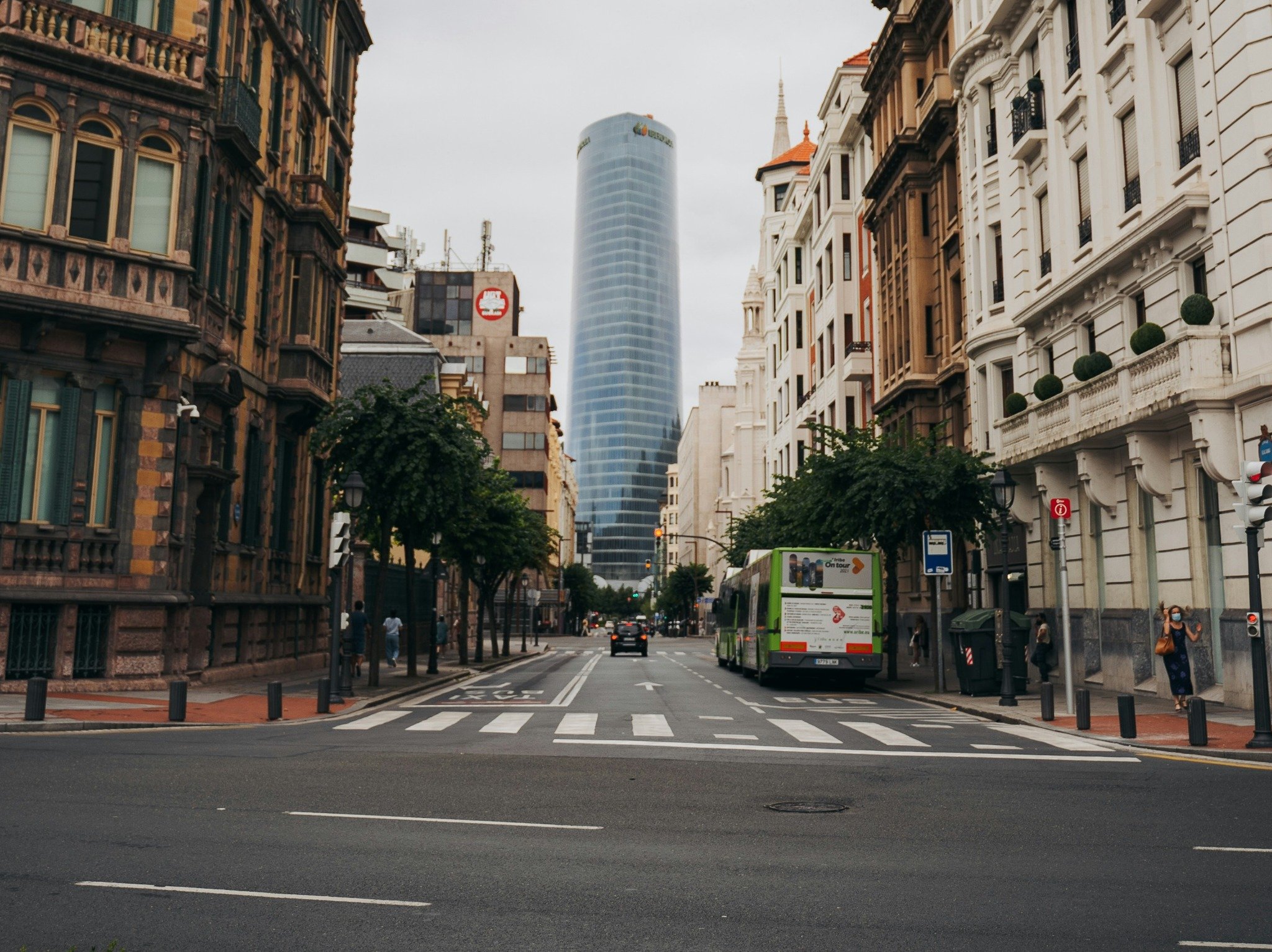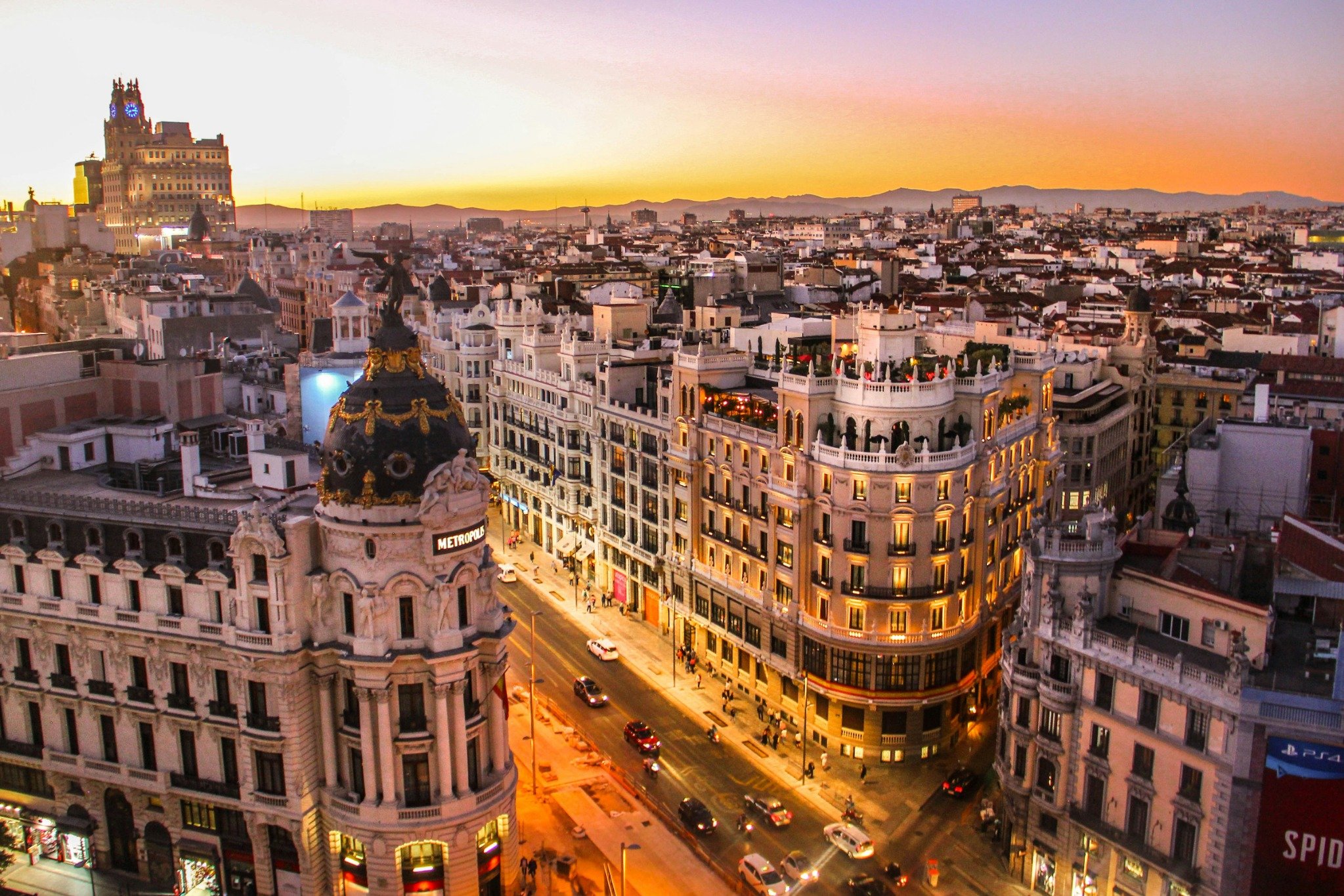
Bilbao: One year of Low Emission Zone, progress and challenges
3 reading minutes
15/06/2025
Bilbao’s Low Emission Zone (LEZ) came into effect on June 15, 2024, with the aim of improving air quality and promoting more sustainable mobility. One year later, this initiative has consolidated its position as a firm commitment to a healthier and more efficient cit
Growing Citizen Support
Data collected in a recent study conducted by Ikerfel for Bilbao City Council confirm this:
- 56% of residents support the LEZ.
- 66% believe it will improve their quality of life.
- 82% are willing to use sustainable means of transportation.
If in 2008, 30% of citizens identified traffic and transportation as one of their main concerns, today that figure has dropped to 20%, reflecting a transformation in the perception of urban mobility.
Visible Improvements
Since its entry into force, the LEZ has contributed to reducing polluting emissions, encouraging greater use of public transport and bicycles, and transforming urban spaces into more accessible and friendly environments for both pedestrians and local businesses.
Challenges to be Solved
Despite the progress made, significant challenges remain, such as the adaptation of vulnerable groups, the need to strengthen the public transport network and improve institutional communication, as well as the establishment of financial support to facilitate vehicle renewal.
A Replicable Model
Beyond its geographical boundaries, Bilbao’s experience offers a reference for other cities. The LEZ not only regulates but also redefines the use of urban space and the relationship between citizens and mobility.
The current challenge is to consolidate these achievements and build a more inclusive and effective LEZ.

